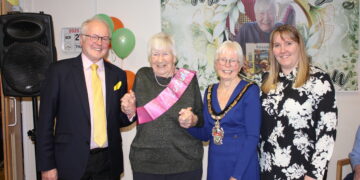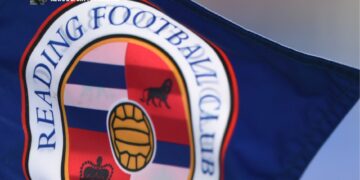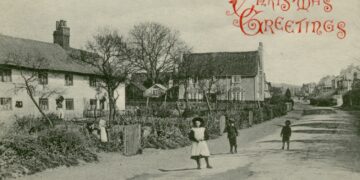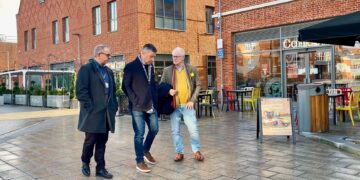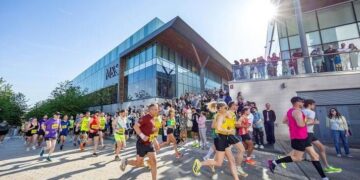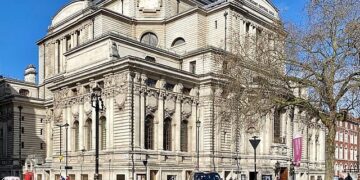Wargrave Local History Society held another successful meeting using Zoom in January, when – in a change to the previously announced programme – Simon Wenham gave an illustrated presentation on Hobbs of Henley.
Simon has a particular interest in the social history of the Victorian era. His research Doctorate had been a study of Salter’s Steamers, and having published that, he met Tony and Jonathan Hobbs, who commented that producing a history of their firm would be a good way to mark its 150th anniversary in 2020.
Simon explained that Hobbs do not have a large archive themselves, so other sources had to be found to establish the facts.
The first problem was to verify that the business was founded in 1870.
The family, he discovered, had been wharfingers at Hambleden since at least the mid 18th century. Harry Hobbs had taken over the Ship public house and an associated boat business in Henley – licence records suggesting in 1871 – but a document from 1900 confirmed “established in 1870”.
At that time, there was still some commercial traffic on the river, with barges regularly operating to London.
By the end of the century, leisure boating was becoming popular, especially with anglers who would hire boats so they could fish in mid-stream.
The late Victorian and Edwardian era was the “Golden Age” of the Thames, and pleasure boating became very fashionable. Especially popular was the Henley Royal Regatta, it becoming much easier for visitors to reach the town following the opening of the railway in 1857.
There was a wide range of craft available then – skiffs becoming popular, whilst the latest technology being promoted by Hobbs at the turn of the century was electrically powered boats.
Another aspect of the business was pleasure craft to take passengers for trips on the river, whilst recreational camping along the Thames also began at this time – as the equipment was heavy, campers hired boats to carry the tents etc to the site.
After the Second World War, leisure cruising gained in popularity. By the 1970s there were more than a million craft working the locks each year – Marsh Lock the busiest, and there were about 800 such vessels on the river by 1980, including from Hobbs.
This reduced by 1990, when Hobbs sold their fleet. People still wanted to enjoy time on the river. Hobbs invested in larger craft and then, in 1991 an even larger vessel with two decks to provide for larger corporate parties etc.
Hobbs’ boatbuilding activities expanded from 1911, when they acquired the Springfield Yard at Goring from Sam Saunders, where a number of umpire launches for use at the Henley Royal Regatta, were built.
They built more stylish craft, including some very elegant slipper launches, yachts, cruisers, etc. By the 1960s, however, the introduction of fibreglass meant that traditional boatbuilding diminished.
The firm continues to adapt to the prevailing conditions, and now considers itself as a ‘hospitality company’, that benefits from, and contributes to, the “Henley mystique”, to be, as their motto says, the “Best in Boating since 1870”.
Simon also outlined the family’s involvement in the community, three serving as Mayor of Henley, while two were appointed as Royal Watermen.
Much more will be found in his published history, available from local bookshops or at Hobbs’ offices.
The Society’s planned programme is at www.wargravehistory.org.uk/ – where the latest information can be found, or email [email protected] to confirm meeting details.
Peter Delaney
Share news from your club, group or society
If you are in a WI, Mothers’ Union, a friendship group or an action group then send us a report of your meetings and we’ll print them here!
Share your reports by emailing [email protected]


